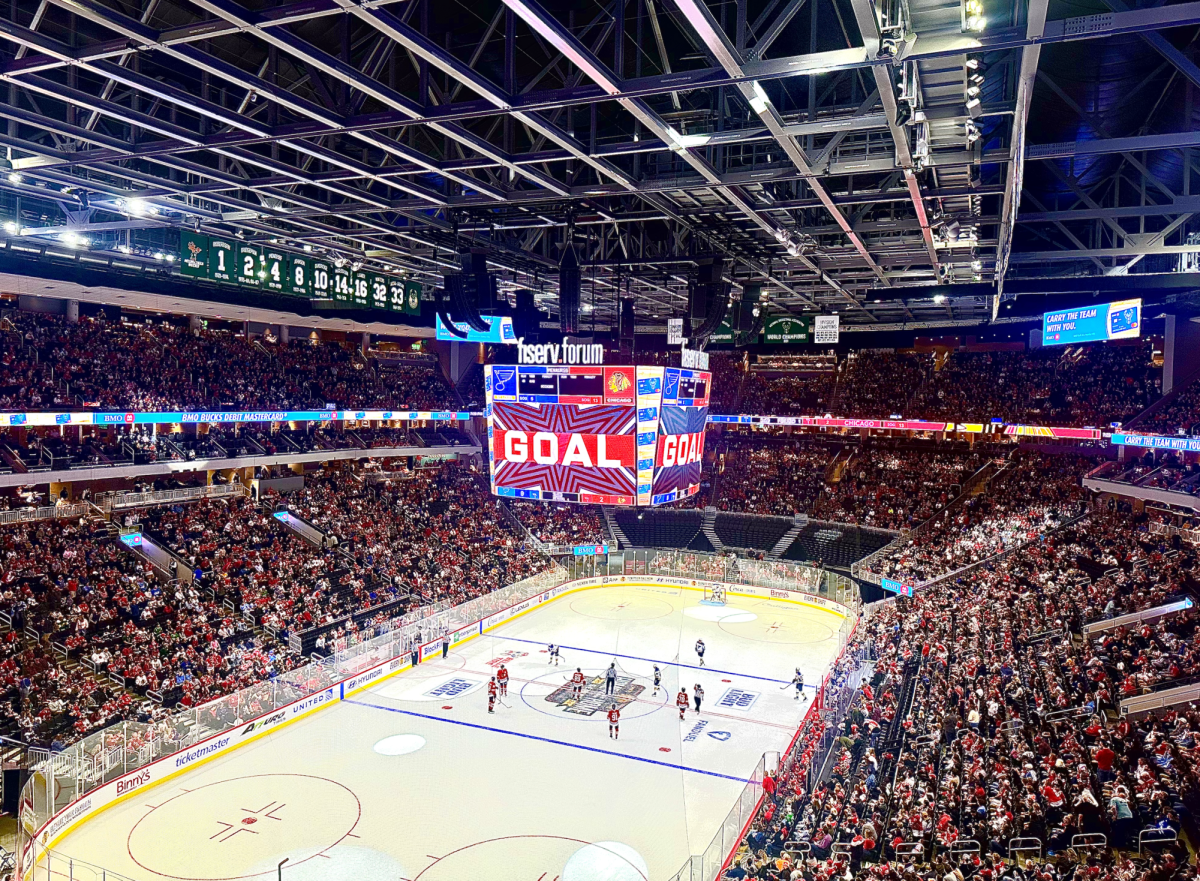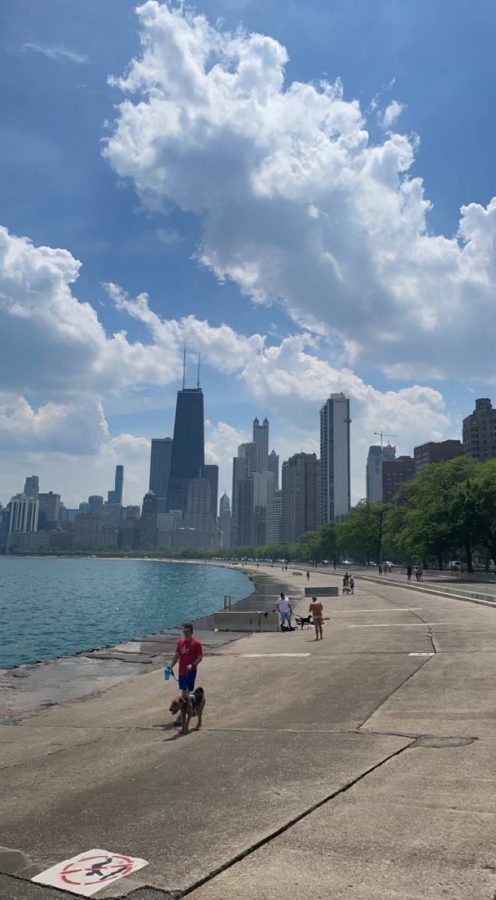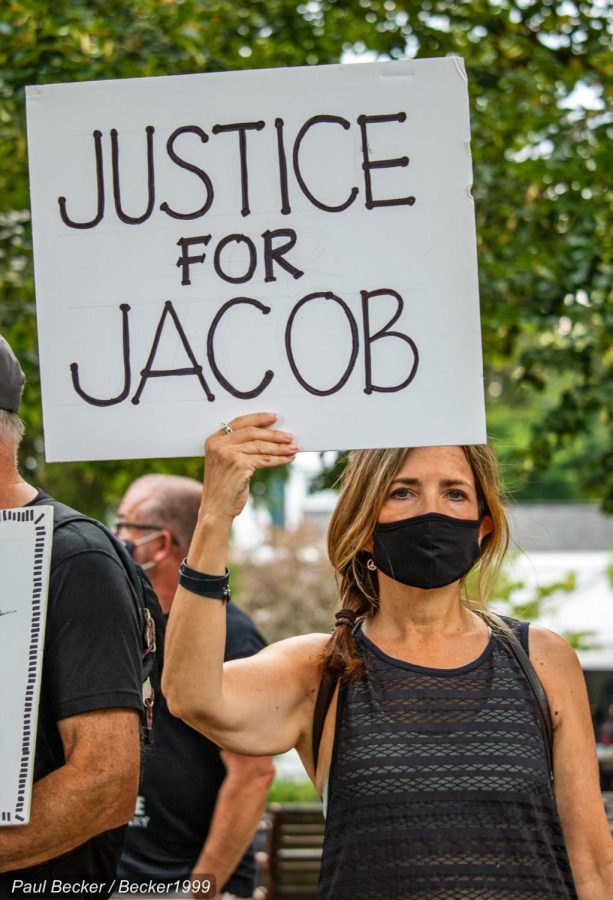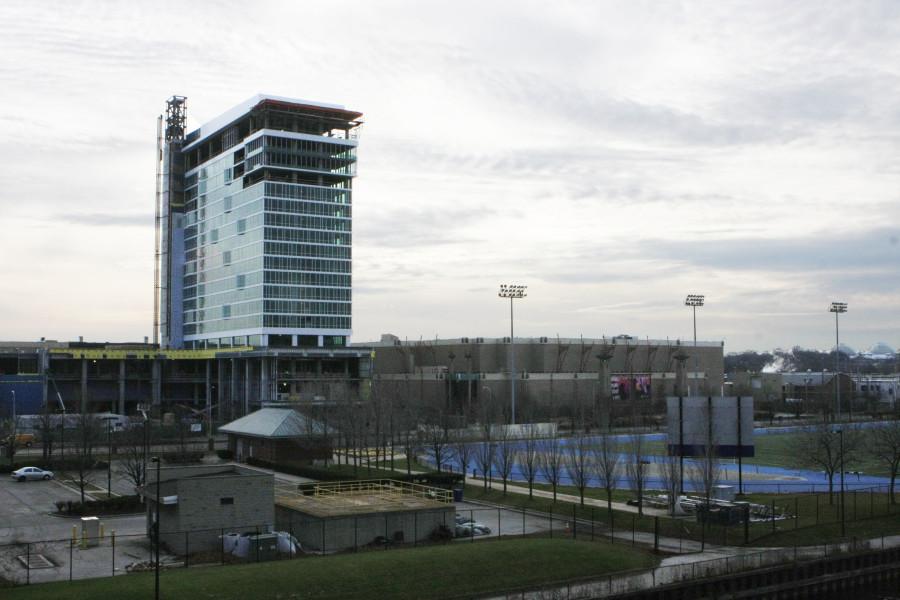The absence of a functional regional transit authority did not discourage members of the Southeastern Wisconsin Regional Planning Commission from presenting a Draft Environmental Impact Statement for a proposed commuter rail connection between the cities of Kenosha, Racine and Milwaukee Wednesday.
The research found that overall, potential adverse environmental effects throughout the areas affected by the proposed railroad would be minor. Most of the stations and tracks the proposal would use already exist, said Ken Yunker, executive director of SEWRPC.
The proposed line would run 14 trains per day between Milwaukee and Kenosha, stopping in several municipalities in between. It would also allow for transfers to the existing rail connection between Kenosha and downtown Chicago, Yunker said.
While the proposition is good news for those who support such a connection, many obstacles remain for the proposed Kenosha-Racine-Milwaukee project, the first being the absence of a Regional Transit Authority, which would secure funding for the rail line. State law approved the formation of an RTA last July, but appointments to the authority have yet to be made, Yunker said.
Gov. Jim Doyle’s proposed structure would include an umbrella RTA to coordinate the entire KRM project. This umbrella RTA would include representatives from the whole region with representation based on population, according to a press release. Messages left with the governor’s media department were not returned.
There would also be smaller sub-RTAs operating in each of the three counties involved. As the project moves closer to completion, it is expected that the sub-RTAs will merge with the larger RTA.
Funding the individual sub-RTAs, especially in Kenosha and Racine Counties, could prove difficult. Three ways to raise revenue include increased property taxes, a new income tax and a new sales tax, said Len Brandrup, director of Kenosha’s Department of Transportation. Officials in Racine’s transportation department were unavailable for comment.
Since it is unpopular for governments to raise property taxes and since the state of Wisconsin already collects its own income tax, a new sales tax would be the best way to raise the required funds, Brandrup said. Citizens of Milwaukee County voted in favor of a referendum to institute a one percent sales tax last November, but Doyle vetoed the legislature because the revenue generated would not be exclusive to transit.
Other proposed sources of revenue, including an $18 tax on vehicle registration and car rentals, would not be adequate to cover the costs of running a good transportation system.
“It’s not practical. We wouldn’t be able to make the fees high enough,” Brandrup said.
The hope, if a new transit authority is established, would be to enhance the state’s application to receive grant money from the Federal Transit Administration, which would pay for up to 50 percent of the project. The federal program is very competitive, however, and normally funds projects in large metropolitan areas such as New York, Chicago and Los Angeles, Yunker said.
The FTA also considers financial viability of existing mass transit systems, Yunker said, which in southeastern Wisconsin means city bus operations. The bus systems in question, particularly in Milwaukee County, are struggling financially because of a heavy reliance on state funding, which is an unreliable source of income since its growth does not match inflation. The state did not address these funding problems in the last budget, and if the financial situation of current mass transit does not improve, it will be difficult to procure federal funding, Yunker said.
The application process for FTA funding is also lengthy, requiring applicants to apply twice — once for preliminary engineering and another time for final engineering and design. Both steps would take approximately 18 months, Yunker said. With an estimated construction time of two years factored in, operation on the proposed transit line would not start until 2015 at the earliest.







